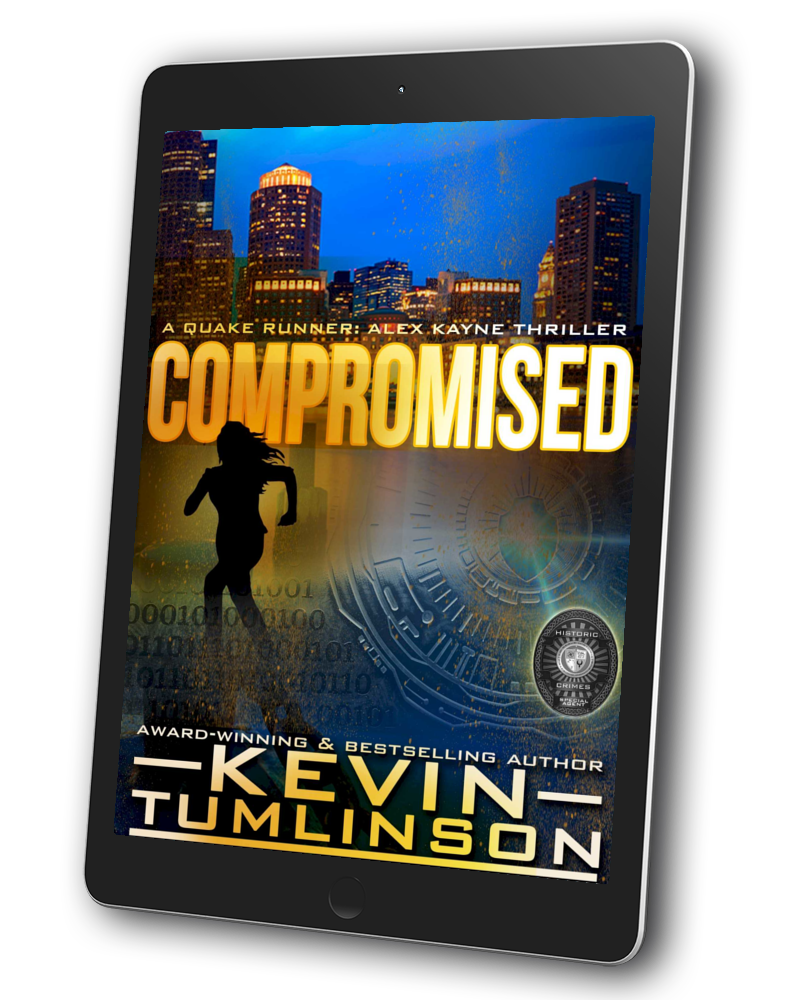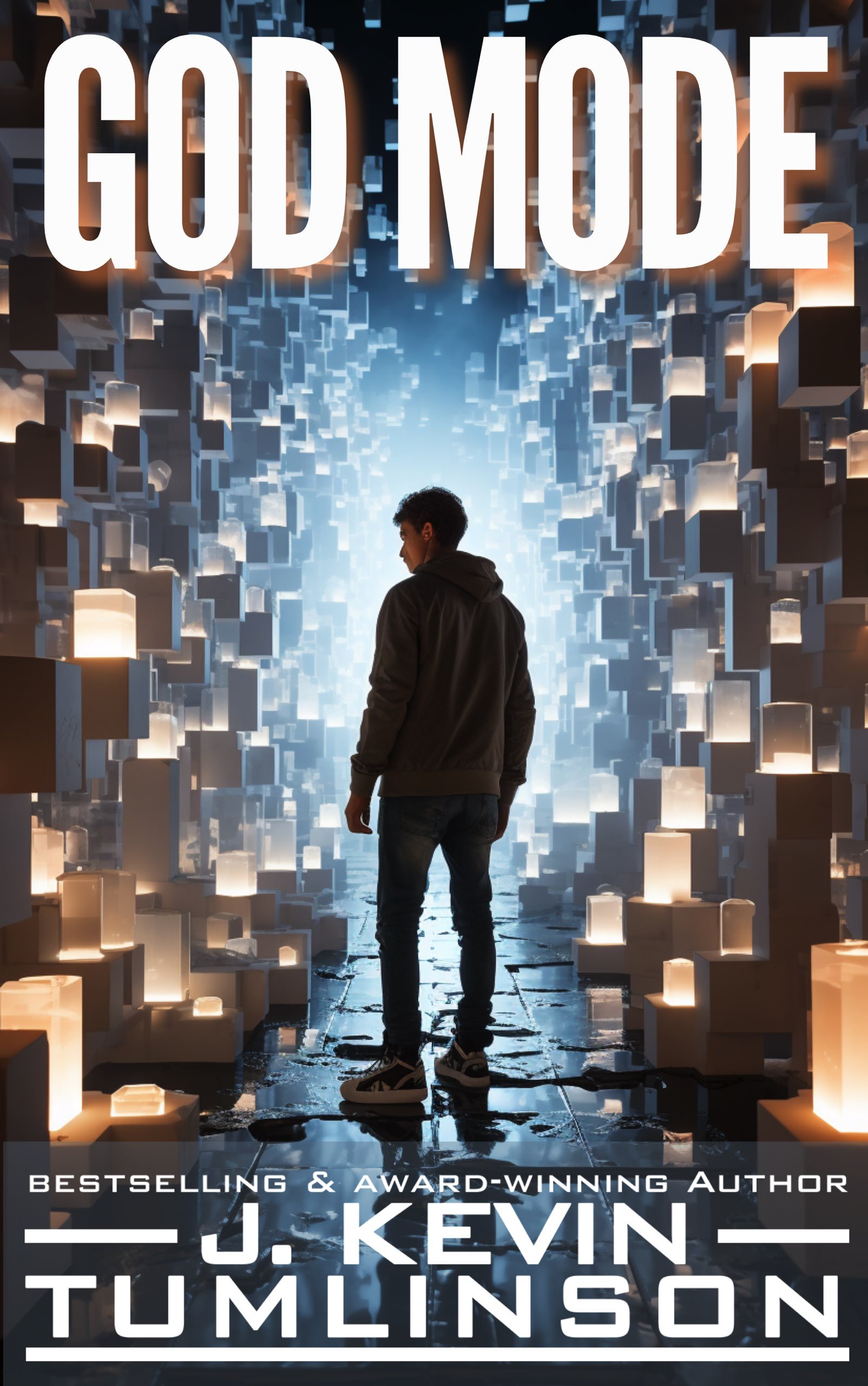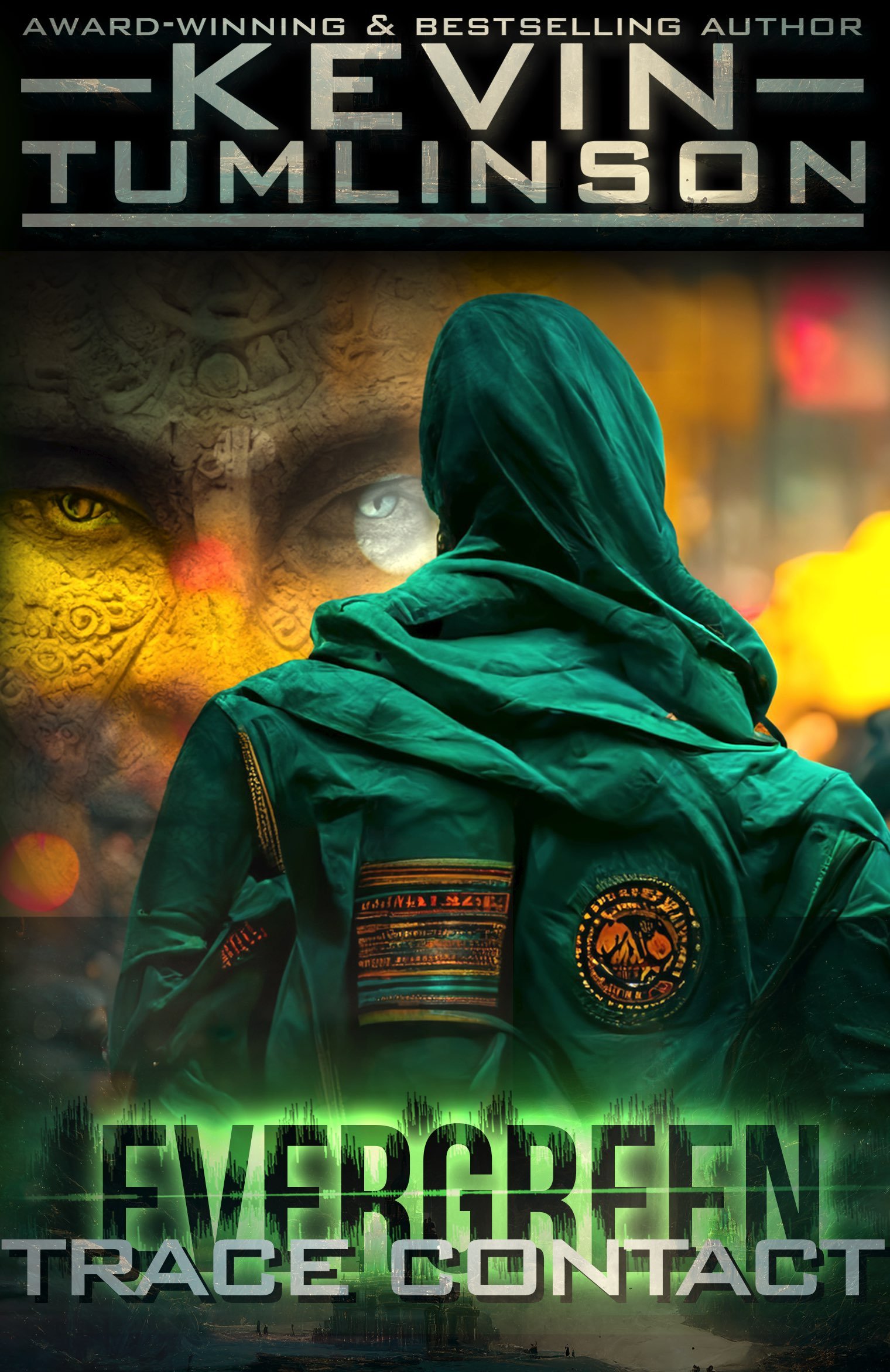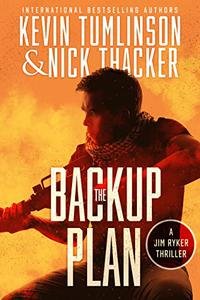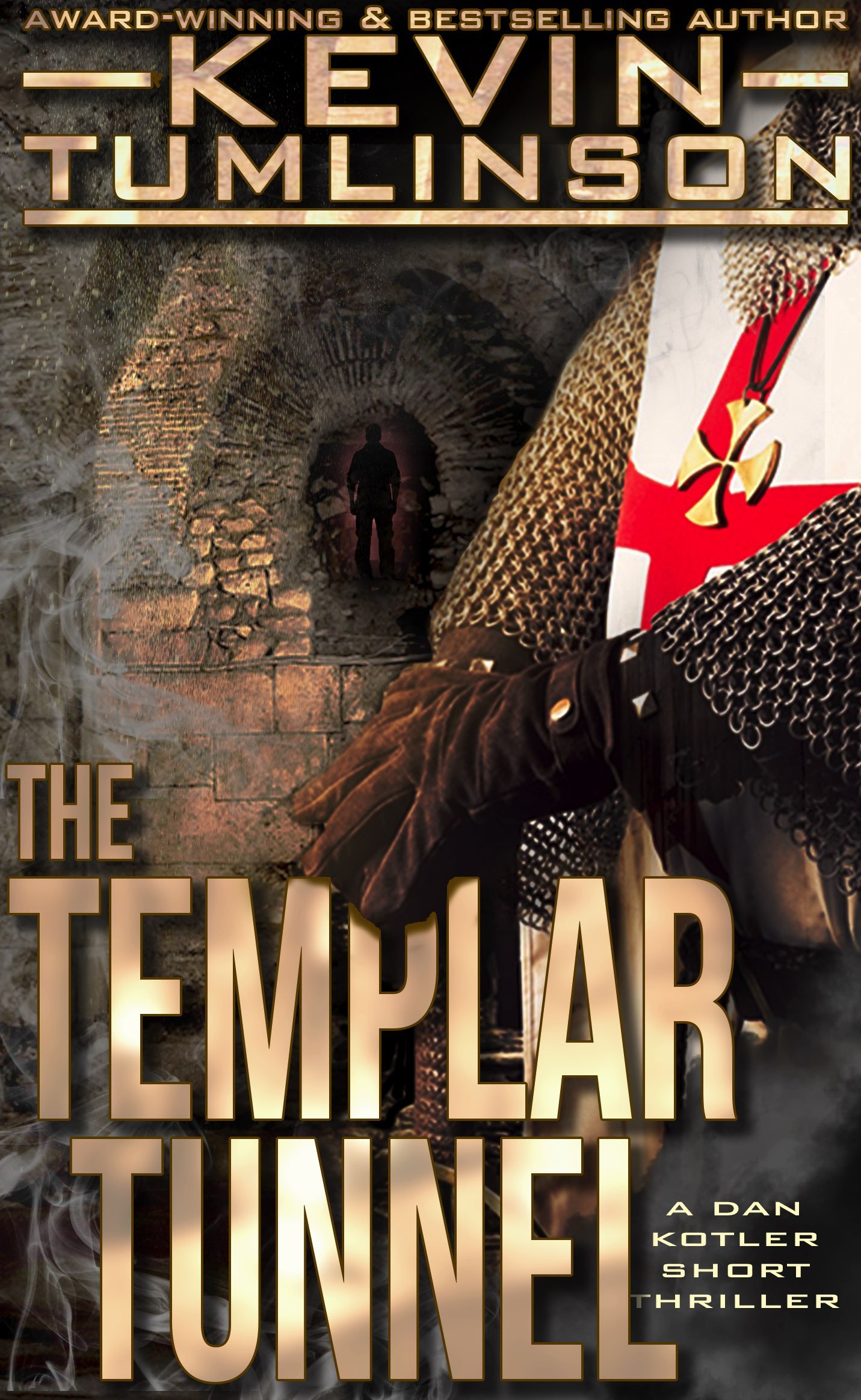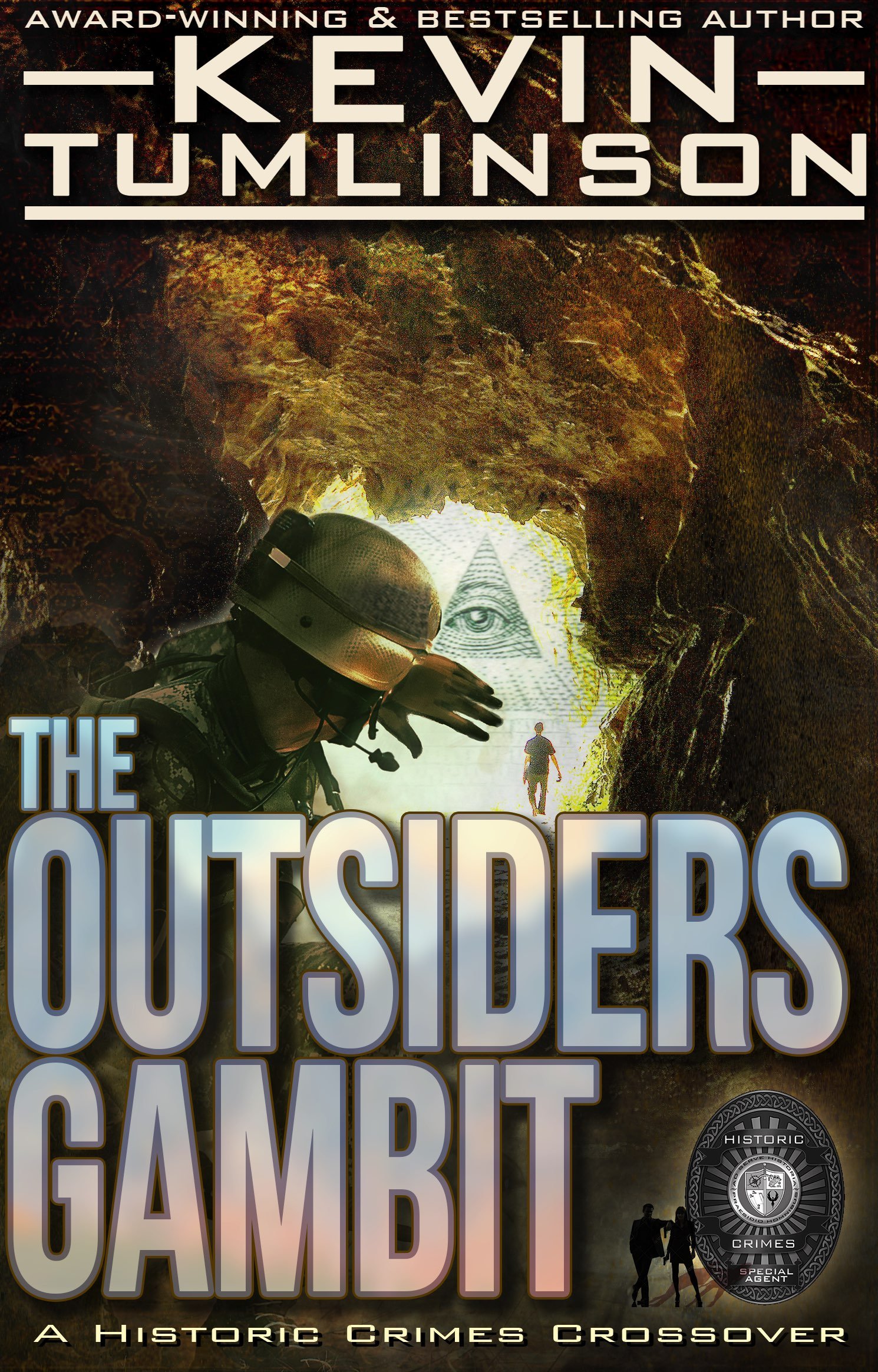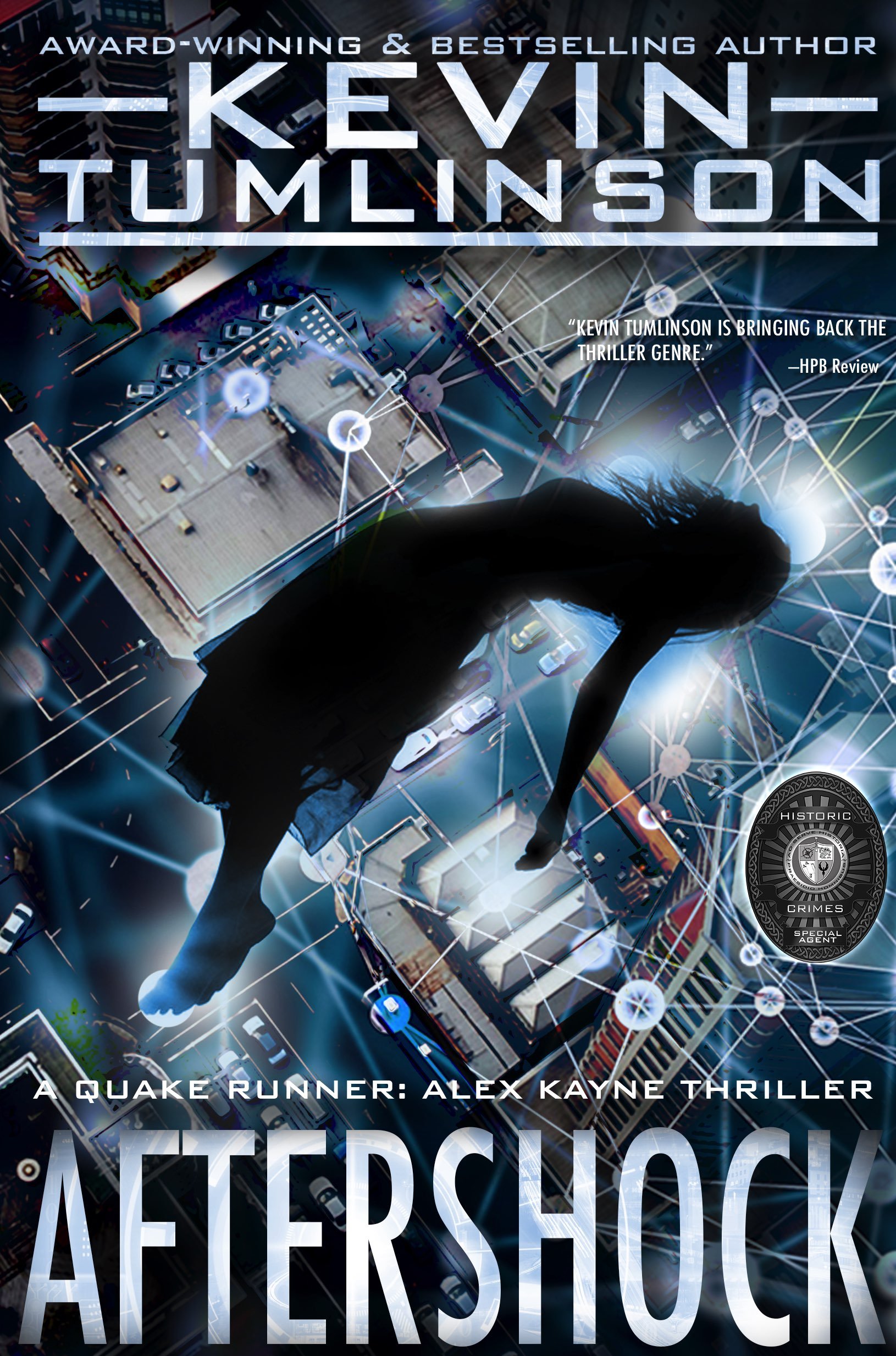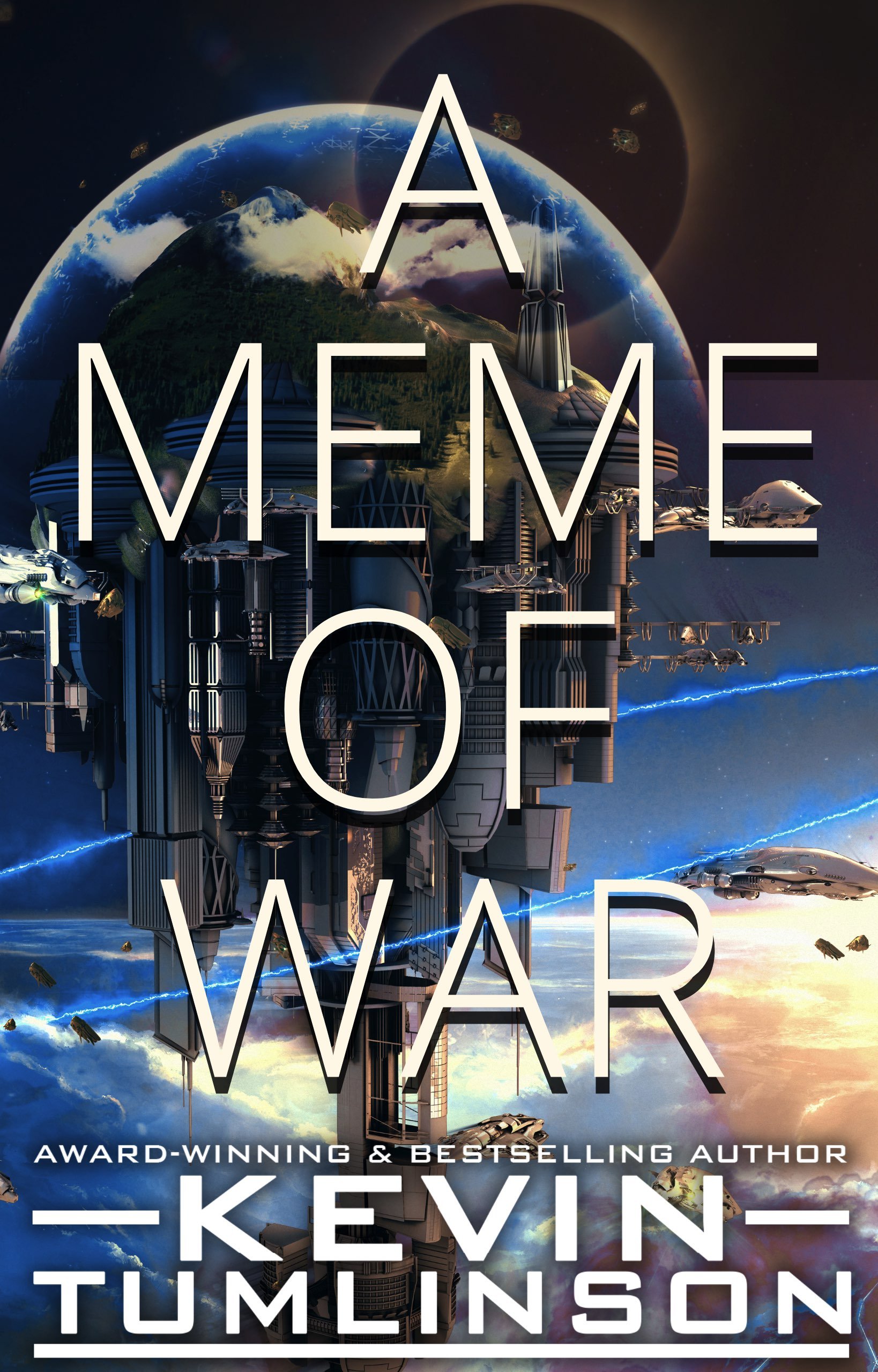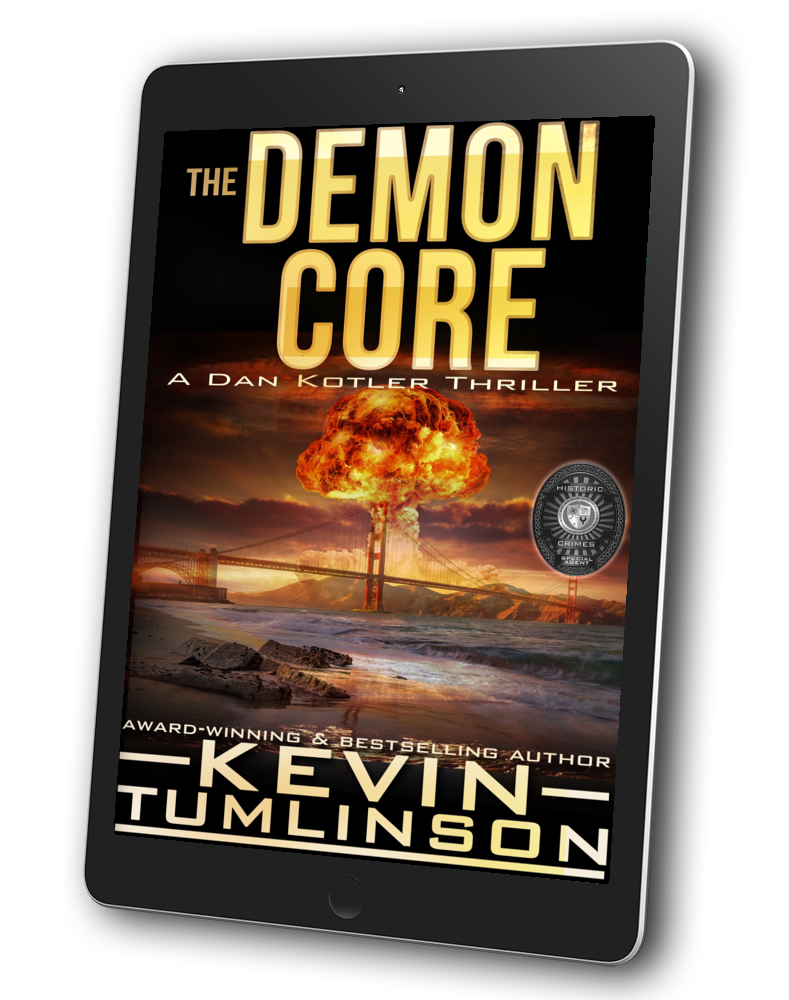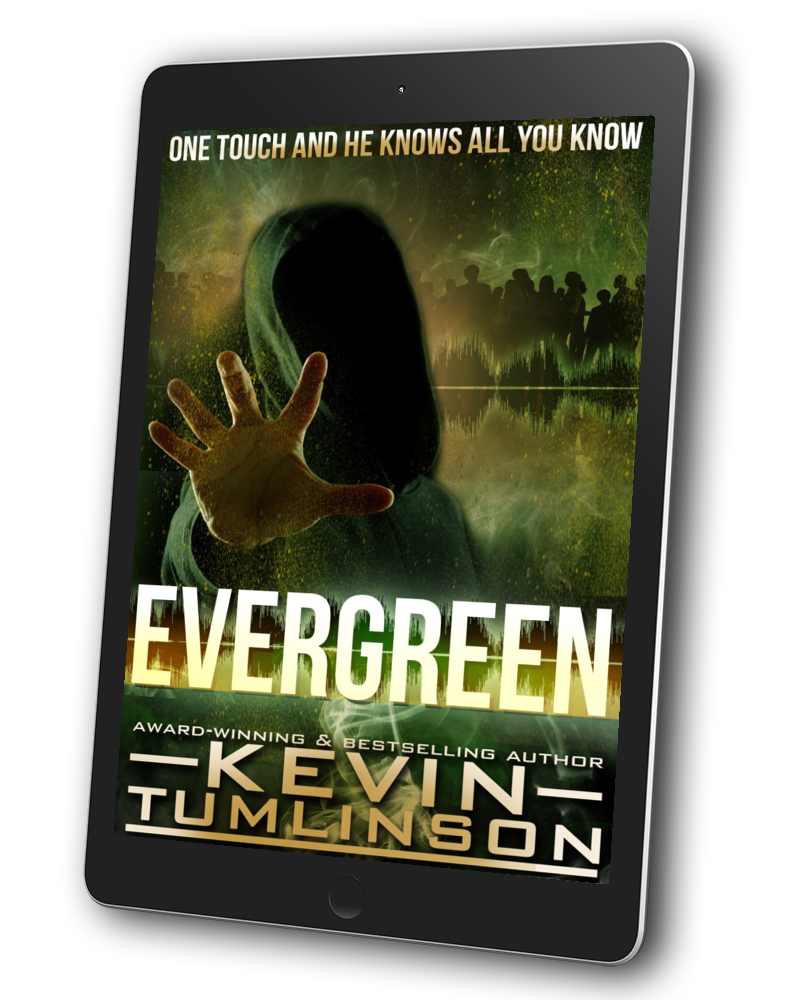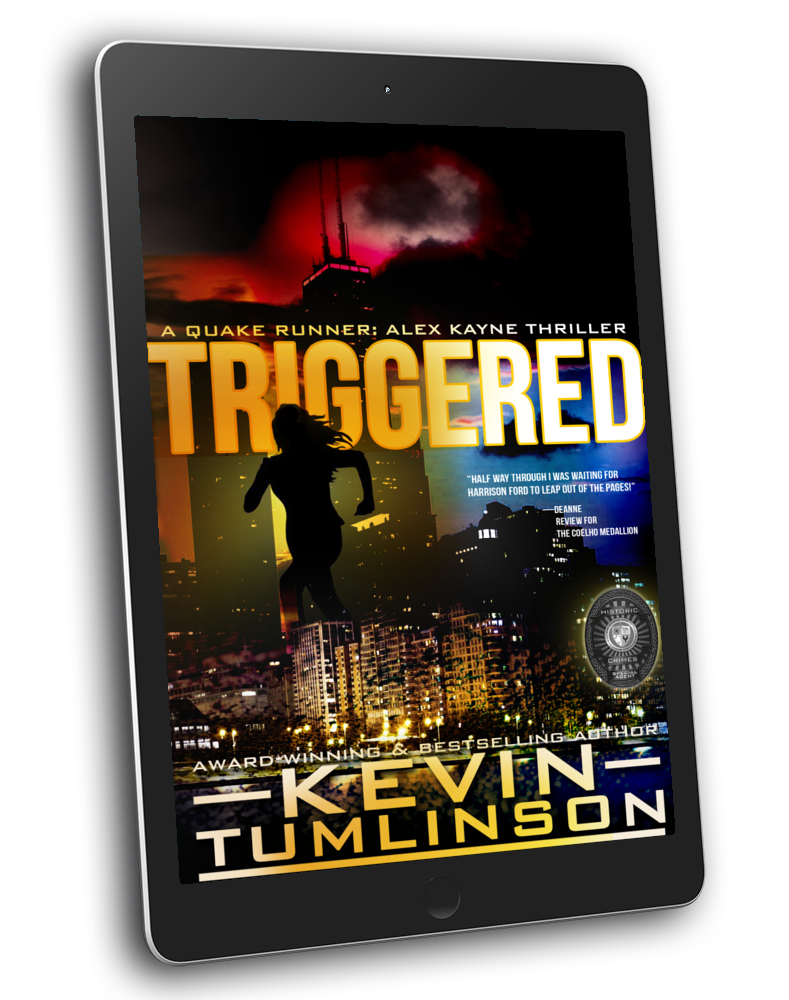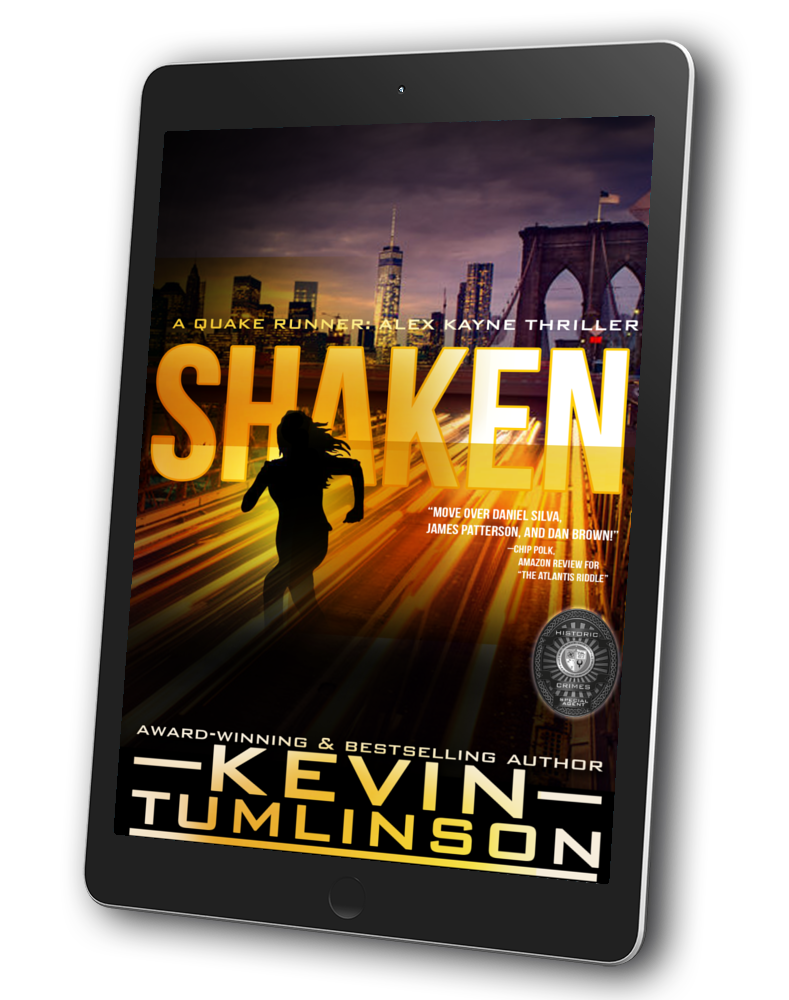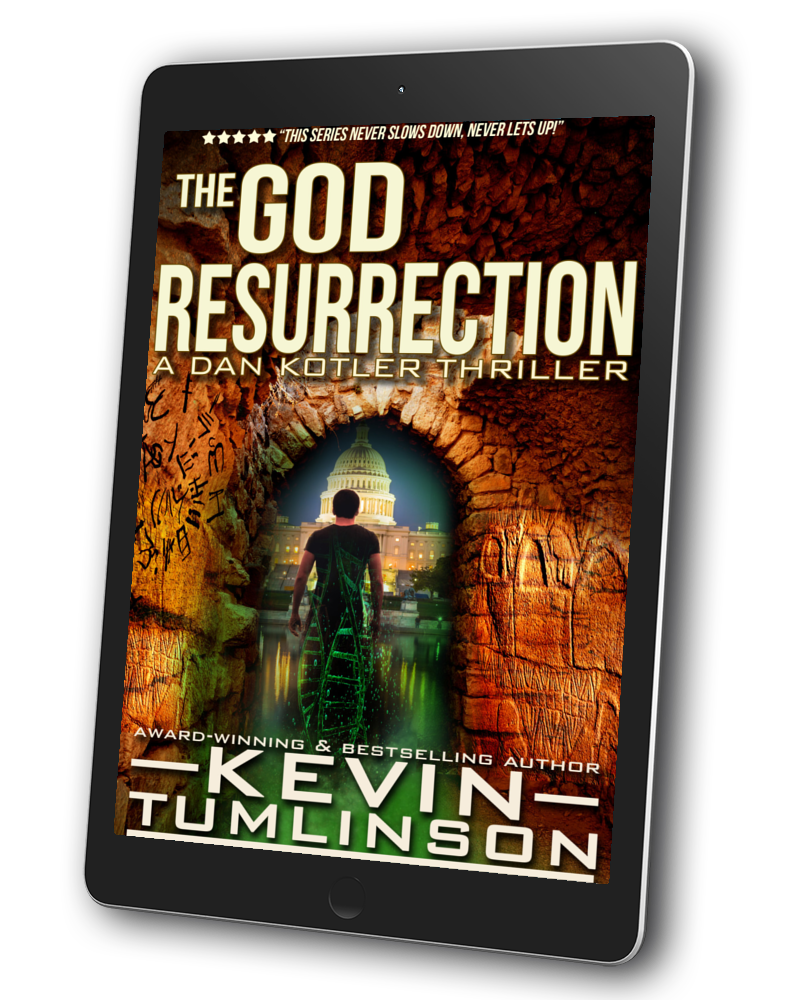Recently, at an author conference in Florida, I sat with a traditional publisher. We talked about the conference, about writing, about the differences between his world and mine. As an indie publisher, my approach and perspective on publishing is very different from his. Night and day, in most ways.
Except where we overlap is in a love for the writing itself.
There are a lot of opinions about self-publishing out there. Over the years I’ve had people deem my work unworthy because it wasn’t vetted or approved by some third-party. They seem to forget that the concept of publishers and editors is a relatively new phenomenon, in the history of publishing—there was a time when all books were self-published.
But that’s a semantic argument, and one that isn’t going to get us anywhere. In the debate of self-publishing versus traditional publishing, there is no debate. Both exist. Both can lead to success or failure. Both have their merits and their challenges.
In the conversation with the traditional publisher, it came up that he works mostly with literary fiction.
“I’ve written a couple of literary fiction books,” I said. “Nothing spectacular, but they were early days. I have an idea for one now, though...”
I stopped, and he encouraged me to go on. And I did so with caution. Because my idea sounds so typical, like the ideas of a million other will-be authors who feel like they “have a real book” in them.
I pitched an idea for a fictionalized story about a very specific part of my own life.
I don’t want to give away the pitch—I’m not yet ready to reveal it to the world. But what I want to do is borrow from various elements of my life and put it into a highly fictionalized novel.
“It’s not a memoir,” I emphasized. “I just had this series of experiences, and I think there’s some story value there. I think it could be inspiring to some people.”
He heard me out and nodded, agreeing. And then he said, “Write something up. I’d love to see it.”
I nodded in return. And then we shook hands and went about the rest of our conference experience.
It’s been about a month now, and in that time I’ve done something I rarely do—I wrote an outline.
Actually, that isn’t entirely accurate. What I wrote was a treatment for about ten chapters of a book, and I divided that up with headings that read “chapter 1, chapter 2,” etc. That probably technically qualifies as an outline, when it’s all said and done.
Once I had about ten chapters, the treatment stalled. I looked at it and wondered where the story was going to go. It felt like writing to me—the same way writing a Kotler or Kayne book feels. But different, because I was including some details and insights that come straight from my own life.
Or... was that different?
The core of the story, for this book, is an event that actually happened to me, but in an effort to safeguard the privacy (and sensibilities) of the people involved I’ve fictionalized it. A lot. I used some very specific details, but I did more than “change the names to protect the innocent.” If anyone who was there for the live, IRL version of this story reads the book, they won’t have too tough of a time picking out the parts they were there for. But unless they get ticked and start calling things out, claiming to be the subject of this scene or that chapter, no one else on Earth is going to be able to figure it out. They can keep themselves from humiliation or drama by not bringing it down on their own heads.
Also, I really am changing the names to protect the... well, let’s say “subjects.” Because “innocent” is kind of a subjective term in this story.
I know, I know... that’s a whole lot of vague. Be patient, that book will emerge, someday. Though if it goes through the traditional publishing process, that day could be years from now.
Anyway, I had a realization as I was thinking about this book and the treatment I was writing. I was feeling a little weird about the fact that I was digging into the details of my own life, mining bits and pieces and manipulating them into a work of fiction. I had the thought that maybe that should bother me... until....
Until I realized, that’s what fiction is. And I’ve done it all along.
In each of my books, I put what I call “A Note at the End.” It’s effectively an author’s Afterword. I’m not inventing anything new here, lots of books have something like this. But I like to include it as a part of each book because it’s a chance for me to chat frankly and openly with my readers about some of my experiences in writing the book, revealing select parts of my life and experience. It’s a little like this blog, in a way. I may even start re-publishing them here, at some point.
In those Notes at the End, I often talk about the things that inspired the book the reader has just read. I talk about the research I’ve done, the books and articles and movies and television shows that lent some details to the tale. But more often I talk about my personal experiences, the traveling I’ve done and the people I’ve met, or the thoughts I have on current events.
Sometimes I talk about the fact that a lot of the experiences my characters have are reshaped versions of my own experience. And while my characters—and their viewpoints, philosophies, attitudes and beliefs—are not “me,” per se, those things come from somewhere inside of me. I consider ideas, and I’m able to look at things from various perspectives.
That’s how I can write about evil characters who do evil things, without having thought or done those evil thoughts or deeds myself. I’m an actor, in that sense, playing a part through the actions and dialogue of a fictional character, getting into their heads, expressing things the way they would express them.
I can do that because so often in my life I’ve had experiences, thought thoughts, and done deeds that I don’t like. I may not have ever murdered someone, and never would, but I’ve had experiences where someone so enraged me that it crossed my mind. And then, like any sane and rational person, I dealt with it in a productive way. In my case, I usually wrote a scene or two.
The point here is that I mine my life for material all the time. I borrow from all of my experiences to give my characters some realism, to give them something to do, something to think, something to say. I borrow turns of phrase I’ve used, or those I’ve heard someone else use. There is nothing (entirely) new under the sun.
When I was in high school I went to a newspaper camp at the University of Texas, in Austin. They had a guest speaker running one of the classes, and she said something along the lines of:
“Don’t rape your own history in the name of telling a story.”
That, of course, stuck with me. It’s a fairly shocking turn of phrase, and did the job she intended, making the idea stick with me. And I spent years trying to make sure I wasn’t doing anything remotely like that. It sounded awful.
But now I realize she had a pretty skewed view of the topic. Because a term like “rape” has some shock value, but it isn’t exactly accurate to the experience of the writer. It implies the writer is taking something against another’s will—which is, of course, impossible for a writer to do to themselves. But it also implies a violent act, an unfeeling and uncaring act, a disregard for the meaning of the writer’s experience. It rightfully personalizes that experience, and rightfully advises that you shouldn’t sell your soul just to tell a story. But it makes its error in implying that the writer should never use their own experience to convey something to the reader.
That’s just garbage.
As a writer, it’s my actual and literal job to have as many experiences as I can manage, and to translate those experiences into something that can move and inspire the reader. That’s the gig. It isn’t rape, and it isn’t doing violence to my experiences. It’s willing sacrifice and service to the community I love.
Certainly writers must hold back on how much they share from their lives. Some things are sacred, and should always be treated as such. But some things are universal, and in expressing them we can encourage others, teach them how to be more human.
Writers should always endeavor to increase humanity, in themselves and in others. It is, again, our job.
So I mine my own life and experiences for the sake of those books. It’s something I do flagrantly and with great pride. And occasionally, when someone responds negatively to what I’ve shared, that hurts. It makes me introspective and self-evaluating. But that, too, is a good thing. Because “the unexamined life isn’t worth living.”
I live an examined life. It is well worth living. And it is, I hope and pray, helping others to live lives worth living as well.
YOU ARE READING SIDE NOTES
Side Notes is an extension of my Notes at the End, which are author’s notes that appear at the end of every one of my novels. If you like these posts, you’ll love the books.
If you’d like to support me (and see more posts like this) you can do me two favors: First, peruse my catalog of books and find something you’d like to read; and second, join my mailing list to become part of an amazing community of readers and friends I interact with regularly. Thank you for your support!





